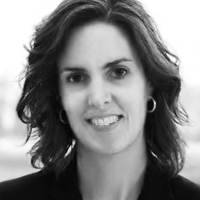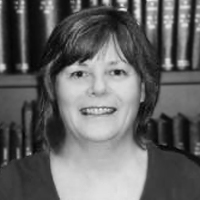Question
How is a myringotomy tube or eardrum perforation accounted for when applying RECD?
Answer
Myringotomy tubes or eardrum perforations will cause negative values in the low-frequency region (i.e. -5 to -10 dB). If this is the case, the negative RECD values should be used for the conversion of audiometry to SPL and for verification. This is because the status of the eardrum impacts the conduction of sound for both audiometry and hearing aid use. In addition, the hearing thresholds in the low frequencies are likely to be worse due to the abnormal status of the eardrum. The combination of higher hearing thresholds and negative RECD values will result in more prescribed gain for average speech, which is what is appropriate for the patient at this time. When the status of the ear changes, the RECD should be re-measured and any necessary modifications to the electroacoustic characteristics of the hearing aid should be made.
This Ask The Expert Question was taken from an article previous published on Audiology Online entitled, "Learning the Art to Apply the Science: Common Questions Related to Pediatric Hearing Instrument Fitting". See Bagatto and Moodie (2007) for additional information.
References
Bagatto, M., Moodie, S., (2007, October 8). Learning the Art to Apply the Science: Common Questions Related to Pediatric Hearing Instrument Fitting. Audiology Online, Article 1886. Accessed from the Article Archives from www.audiologyonline.com/articles/
Marlene Bagatto, Au.D., is a Research Associate and Sheila T. F. Moodie, M.Cl.Sc., is a Research Audiologist at the National Centre for Audiology at the University of Western Ontario in London, Ontario, Canada.


